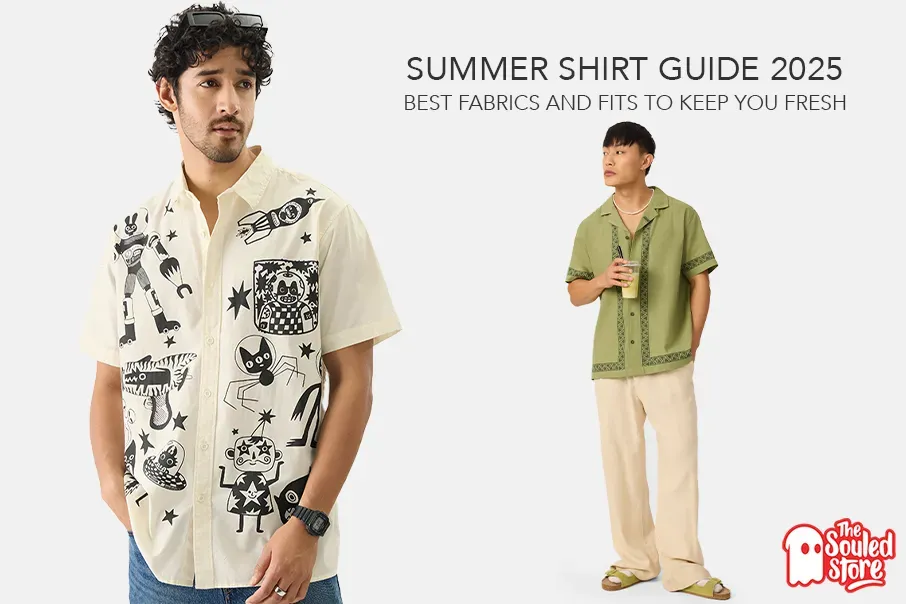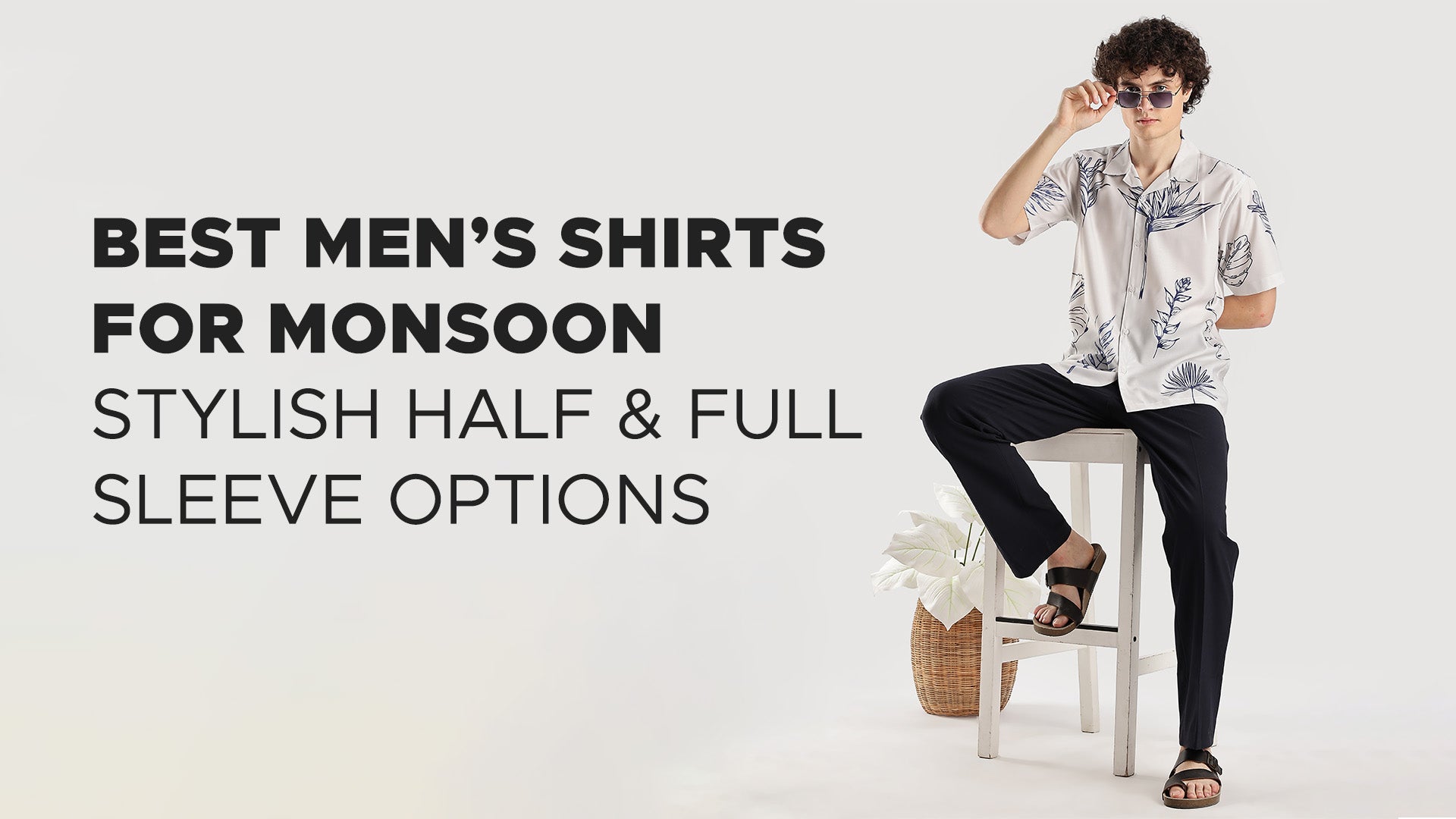How to start a t-shirt business in 2025: 8 Easy steps
August 13, 2025 | by deven.khatri@gmail.com

How to start a t-shirt business in eight steps
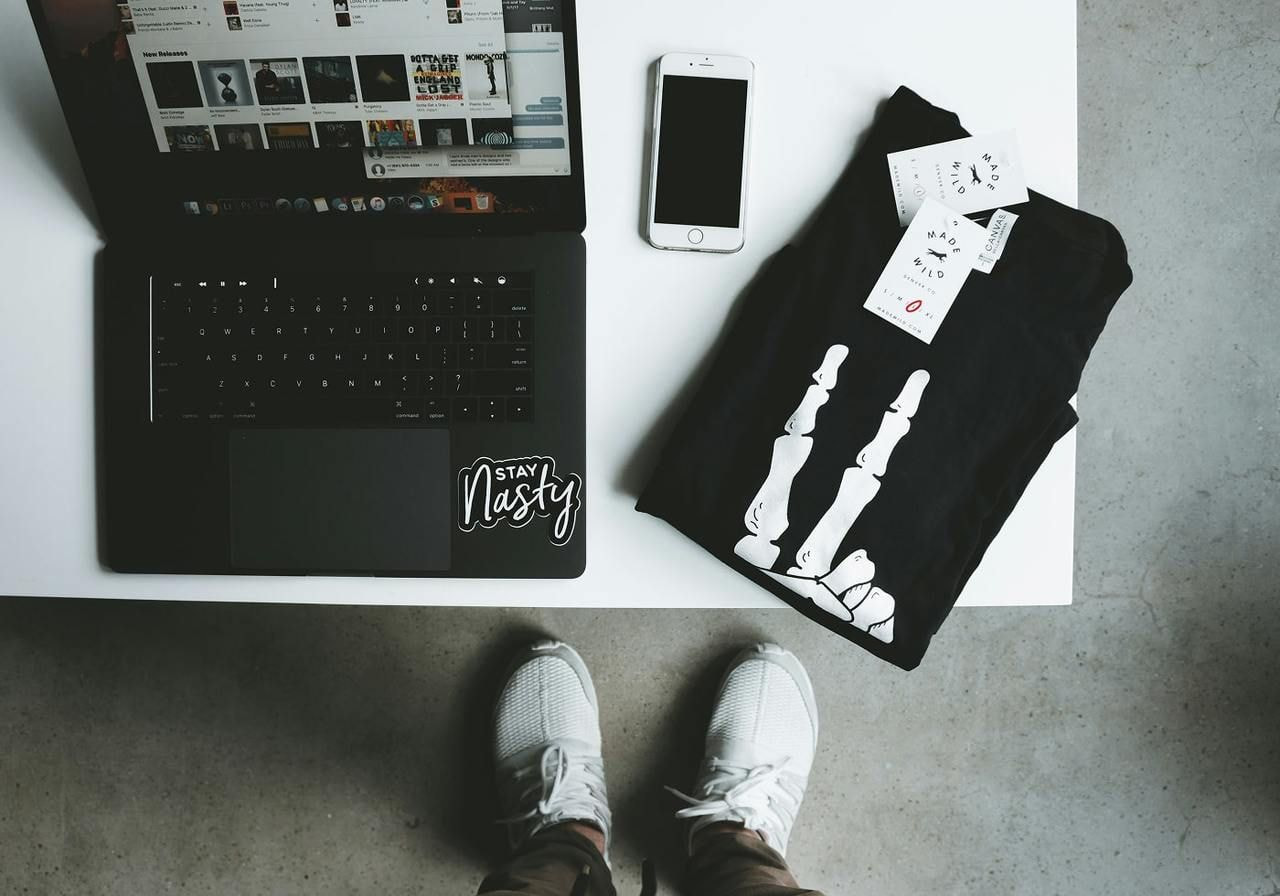
Running a successful t-shirt business takes careful planning and strategic marketing. Follow these steps to ensure you stand out and build a loyal customer base.
1. Focus on a specific t-shirt niche
One of the most important steps in building a thriving t-shirt business is choosing a niche. While the global t-shirt market is worth over $45.5B, that size comes with serious competition. Selling “cool t-shirts” isn’t enough – you need designs that speak to a specific audience.
Start by narrowing your focus. Who do you want to reach, and what do they care about? Are they gamers? Obsessed with cats? Proud introverts? The more specific your niche, the easier it is to design a t-shirt line that connects.
Don’t go broad – drill down. Take Classic Dad, for example. Their shirts are packed with dad jokes and nostalgia, designed for one customer: the backyard barbecue, pun-loving dad. It’s a clear niche and easy to market to.
A clear niche means higher conversions and lower ad costs – because you’re targeting a defined audience with proven demand.
To find your own t-shirt niche, ask yourself:
-
What’s your ideal customer into?
-
What communities or subcultures are they part of?
-
What would they actually wear on a tee?
Use platforms like Etsy, Pinterest, or Instagram to spot popular micro-trends. Tools like Google Trends will help you see what’s growing in interest.
Still unsure? We’ve got a full guide on how to find a niche for your online store, with over 100 ideas to help spark inspiration and connect with the right audience.
2. Choose Print on Demand for fulfillment

Once you know your niche, it’s time to decide how you’ll get your t-shirts made and delivered. For most people starting their own t-shirt business online, Print on Demand (POD) is the easiest and most cost-effective t-shirt production option.
With POD, there’s no need to buy inventory, printing equipment, or storage space. Just upload your t-shirt designs, and your print-on-demand partner handles the printing, packing, and shipping. It’s a simple business model with low initial investment – ideal for launching your first online store or testing a new t-shirt idea.
Printful is one of the most trusted POD names. We offer a wide range of customizable products, high-quality printing methods like DTG (direct-to-garment printing), and global fulfillment centers to keep shipping times fast. Whether you’re starting with a single t-shirt or launching a full clothing line, we make it easy to start and scale your business.
POD works like dropshipping but with complete control over the design. Customize hundreds of trending products with no upfront risk.
When choosing a POD partner for your online t-shirt business, here’s what to look out for:
-
Product quality: A great t-shirt design deserves great materials. Look for partners offering high-quality shirt blanks and print options that last.
-
Fulfillment and shipping: The closer the fulfillment center is to your customers, the faster and cheaper the delivery will be.
-
Transparent pricing: Know the full cost per order, including printing, packaging, and shipping.
-
Support: Choose a partner with responsive, reliable customer service, especially if you’re a beginner.
-
Reputation: Check reviews, success stories, and real-life examples of other t-shirt businesses that use the platform.
When learning how to start a print-on-demand t-shirt business, choosing the right partner, like Printful, lets you focus on what matters: designing custom shirts, growing your target audience, and running a successful t-shirt business online.
3. Choose high-quality t-shirts
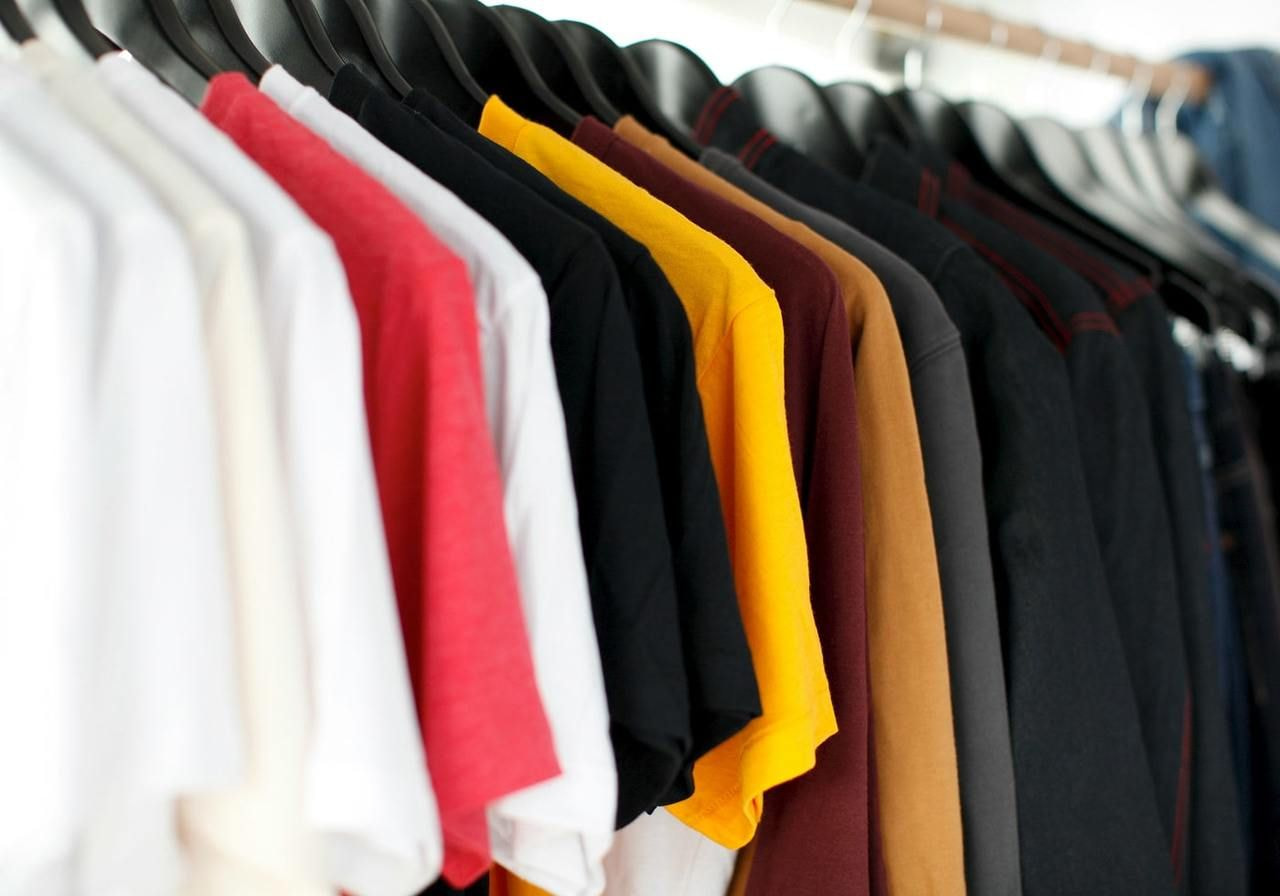
When starting a t-shirt business, product quality matters as much as design. A well-printed graphic won’t help if the shirt itself feels cheap or wears out quickly. Choose high-quality t-shirts that match your brand, customer expectations, and printing method.
Printful offers a range of custom t-shirts to suit different needs. From soft everyday basics to sturdy, heavyweight styles. Whether you’re going for a premium feel or a budget-friendly staple, there’s something for every t-shirt brand.
Here are a few popular choices for printing t-shirts from the Printful Catalog:
-
Unisex Staple T-Shirt | Bella + Canvas 3001
Lightweight, soft, and great for DTG printing. Perfect for casual everyday wear.
Explore this shirt → -
Unisex Garment-Dyed Heavyweight Shirt | Comfort Colors 1717
Vintage look with a lived-in feel. Ideal for bold t-shirt designs and laid-back styles.
Explore this shirt → -
Unisex Classic Tee | Gildan 5000
A budget-friendly option with a classic fit – great for promotions and larger print runs.
Explore this shirt → -
Unisex Basic Softstyle T-Shirt | Gildan 64000
Soft, lightweight, and versatile – ideal for fashion-forward designs.
Explore this shirt →
Not sure which blank t-shirts to choose? Most t-shirts are made from cotton, polyester, or cotton-poly blends. The fabric type affects print quality, durability, and how the shirt feels when worn.
Direct-to-garment printing works best on 100% cotton, while screen printing and heat transfer paper are often used on blends or lighter-weight materials. Each printing method has its strengths, so choosing the right fabric is key to getting a clean, long-lasting result.
To learn more about different materials and how they work with various printing techniques, check out our guide to choosing the best t-shirt materials.
4. Create unique designs
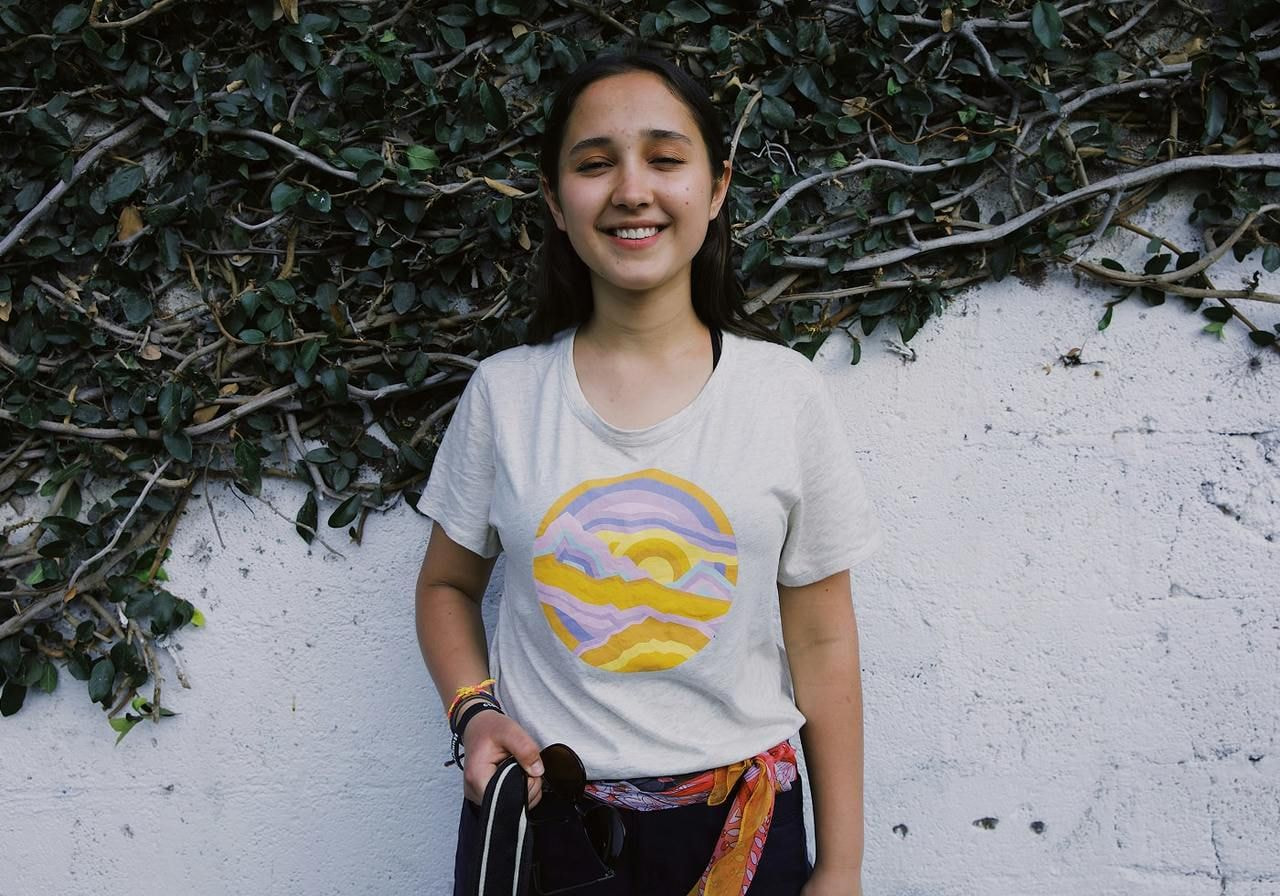
Strong designs turn a basic t-shirt into something people reach for. Great designs make your t-shirt brand memorable, help you stand out in a crowded market, and build trust with your audience.
Start with your niche. What kind of humor, style, or references do they connect with? The more personal your t-shirts feel, the more likely your audience will buy.
If you don’t know where to start, here are some popular t-shirt design ideas to consider:
-
Short quotes and funny phrases – Text-based shirts are simple to create and highly shareable. Think clever puns, sarcasm, or relatable one-liners.
-
Minimalist designs – Clean, modern graphics with subtle colors for customers who prefer low-key fashion.
-
Retro and vintage – Old-school fonts, faded colors, and nostalgic themes still sell.
-
Bold statements – Political messages, protest slogans, or anything that makes people stop and look.
-
Hobby-focused art – From gaming and coding to gardening or skateboarding, people love shirts that reflect their interests.
-
Event or season-specific designs – Create collections around holidays, graduations, or niche events for timely sales boosts.
Make sure your designs work well with the printing method you’re using. Some t-shirt design ideas are better for bold, colorful prints (like DTG), while others work best with simple line art or limited colors (like screen printing or embroidery).
If you’re using a print-on-demand service like Printful, you can preview your designs with their free Design Maker before adding them to your ecommerce store.
Need inspo? Browse our 56 t-shirt design ideas to jumpstart your creativity and build your first t-shirt collection.
5. Order samples and validate your designs
Before listing your t-shirt designs online, see if you like the result. Order product samples to validate the look, feel, and quality of your designs and chosen t-shirt.
Don’t wait for a bad review to find out your product missed the mark. Check your design placement on different t-shirt types, colors, and fabric types. Most t-shirt designs go on the garment’s front, back, or sleeve. Logos look best on the left chest, outside or inside label, or sleeves.
Test different sizes to ensure the fit matches your brand’s promise – especially if you offer unisex styles.
Check out our step-by-step t-shirt design and logo placement guide to get it right the first try.
RELATED POSTS
View all

